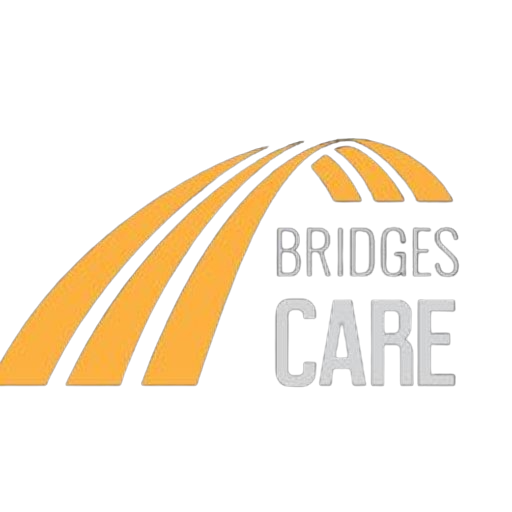The NDIS Worker Screening Check evaluates whether individuals employed (or seeking employment) in roles involving people with disabilities are suitable for such positions. This screening process aims to gauge the potential risks posed by these individuals to people with disabilities. Based on the results, certain individuals may be approved or excluded from various roles.
Worker screening units will be managed by individual states and territories. Registered NDIS providers are responsible for ensuring that their employees engaged in roles requiring risk assessment have obtained clearance through the NDIS Worker Screening Check.
At Bridgescare we have compiled this comprehensive resource, that will answer all your questions about the NDIS Woker screening process. We will be answering:
- How to get an NDIS worker screening check?
- Why was the NDIS Worker Screening Check introduced?
- Who needs an NDIS Worker Screening Check?
How to get an NDIS Worker Screening Check?

The NDIS Commission has crafted a flow chart exclusively for registered providers seeking worker screening checks.
It has been summarised below;
- Workers must first complete an online application to the state or territory NDIS Worker Screening Unit (WSU) and nominate an employer or self-managed participant.
- Payment is made to the WSU, and then the WSU will confirm the identity of the worker and send the application to the NDIS Worker Screening Database (NWSD).
- This triggers an automatic email notification to the employer/provider and prompts them to log onto NWSD to verify the worker.
- The worker will then be identified on the database and they will become ‘linked’ to the provider.
- WSU then takes a risk assessment of the worker based on the information they have provided.
- WSU will then determine whether the worker can be cleared or excluded, and the result is sent through to the NWSD.
- Finally, another email is generated to the linked employer advising them of the result, and employment or continuation of employment can then commence.
Why was the NDIS Worker Screening Check introduced?
The primary motive behind implementing this screening procedure is to ensure that individuals with the capacity for harm are prevented from working with those who have disabilities.
Before this screening check was introduced, not all clearances were of equal value, leading to potentially harmful individuals slipping through and taking up roles involving assessed risks.
This directly impacted the safety and welfare of NDIS recipients.
Many individuals with disabilities have unfortunately experienced abuse and inadequate treatment from workers with the necessary clearance. The intent of this screening process is to put a stop to such incidents.
In the past, numerous clearances did not encompass comprehensive police information due to privacy concerns. Government-led screening processes like the present one consider a broader range of data, enabling providers to gain a more holistic understanding of an individual’s potential risk.
Furthermore, this check will provide self-managed participants and non-registered providers with access to the same information available to registered providers. This empowerment will enable them to make well-informed decisions regarding the hiring of workers.
Who needs an NDIS Worker Screening Check?
It is mandatory for all workers of registered providers engaged in risk-assessed roles to obtain clearance from the screening process.
Unregistered providers and self-managed participants can choose whether or not to have their workers obtain the check.
See the process as a step-by-step
What is classed as a risk-assessed role?
Providers are responsible for determining whether a worker is in a risk-assessed role or not.
According to the NDIS Commission, a risk-assessed role is:
- A key personnel role of a person or entity (for example, a CEO or Board Member)
- A role for which the normal duties include the direct delivery of specified supports or specified services to a person with a disability
- A role for which the normal duties are likely to require more than incidental contact with people with disabilities, including:
- physically touching a person with a disability; or
- Building a rapport with a person with a disability is an integral and ordinary part of the performance of normal duties; or
- having contact with multiple people with disabilities as part of the direct delivery of a specialist disability support or service, or in a specialist disability accommodation setting.
This means that every individual who works for a registered provider and has any direct or indirect contact with people with disabilities must receive a clearance under the new check.
WORKER SCREENING QUICK REFERENCE GUIDES
For registered providers
NDIS Worker Screening Check verification request
Find a worker and check their clearance status
For unregistered providers
Request access to the NDIS Worker Screening Database (NWSD)
Manage NWSD access and email preferences
NDIS Worker Screening verification request
Find a worker and check their clearance status
For self-managed participants
Request access to the NDIS Worker Screening Database (NWSD)
Manage NWSD access and email preferences
NDIS Worker Screening verification request

